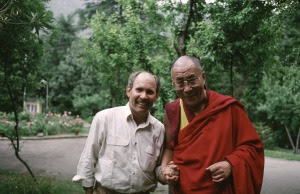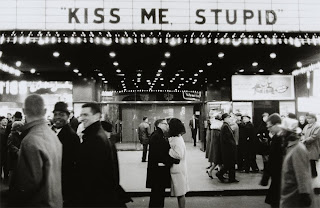The Meat Guns
Dimitri Tsykalov is a Russian artist based in Paris who likes to
experiment and to shock viewers. Most of his sculptures are made with
edible foods and aim to make statements about world hunger, barbarous
animal treatment, and various abuse of men. His “Skull” series shows a
great precision and accuracy, while “Meat” trespasses few limits.
© Dimitri Tsykalov
© Dimitri Tsykalov
© Dimitri Tsykalov
© Dimitri Tsykalov
© Dimitri Tsykalov
"In these pictures I recognize the murderess within me, I recognize love
and death within me; in these pictures I recognize my flesh as the
cannon fodder it is and will be for the rest of my life. In contrast the
secondary meat in these shots - the one that rots and that kills, the
animal meat that is used to create the fleshy weapons - seems unscathed,
sanguine and elegiac. It is incredibly alive, it is cannon flesh and we
are already mortal."
(Isabelle Rabineau)




















































